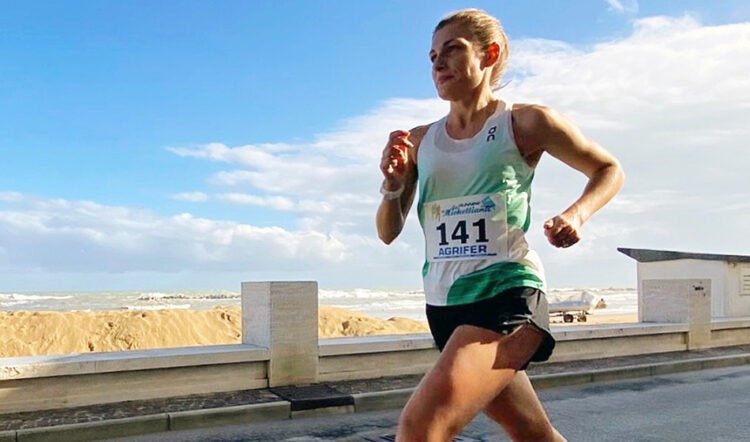AW columnist Verity Ockenden shares her experiences of being sidelined and explains that how someone responds to a setback can have a big effect on how quickly they are up and running again
There is an art to approaching injury. I’ve had my fair share of stresses and strains over the years, but currently it’s a spot of sciatica that has come along to complete the trio in true alliterative style. Like many a previous injury, it took a frustratingly long time to diagnose correctly and the healing process has sometimes taken one step forward and two steps back. Still, the more experience I gather of this inevitable aspect of elite athletics, the more adept I get at handling it, and here is what I’ve learnt.
Facts are important. It is imperative to understand the true what and why of the injury as quickly as possible, if I am not to waste precious time on misdiagnosis rather than effective treatment. This can create a maddening puzzle for any athlete, coach or therapist since every injury has its own peculiarities and can present differently, depending on the individual.
I personally struggle to describe physical sensations and levels of pain accurately, so choosing a set scale to stick to and keeping a detailed diary in which I record what I am experiencing as immediately as possible helps with that. Otherwise I tend to waste too much time continuing training when I should have stopped earlier.
Though it pays to focus on such factual elements of the healing process, managing my feelings well is just as important. We all hate getting injured because running, jumping and throwing at our best is the fun part of Track and Field, while crummy rehab routines are, well, boring. Maintaining the desire to do this kind of work when the rewards are not as visible or close at hand as usual is difficult, particularly when the sadness of lost opportunities depletes morale.
It takes discipline to train at full capacity every single day when I am fighting fit, but it takes even more of it to stay motivated when I am not seeing the results that I strive for.
Nobody has a favourite type of injury, but if I had to choose, I’d always take the one with the clearest timeline. It takes four weeks? I can get my head around that. It’s those without a predictable trajectory on which to fix my sights that are the worst.
Verity Ockenden
Just like in competition, focusing on series of goals is an important aspect of planning recovery. Trusting and believing in the work I…
CLICK HERE to Read the Full Original Article at AW…

